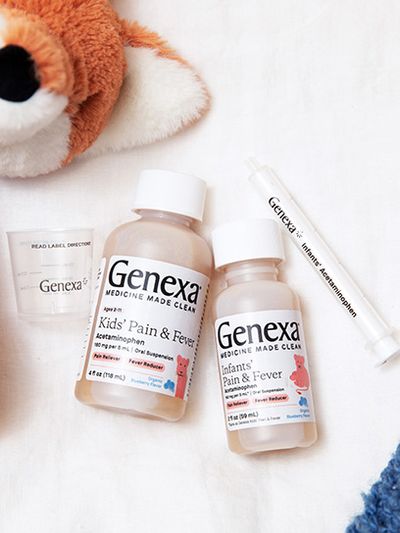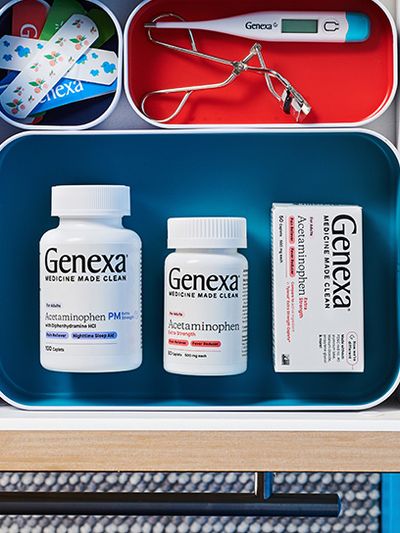Magnesium For Leg Cramps: Knowing How Much To Takes
How Much Magnesium Is Too Much?
Table of contents:
Kids spend hours every day running around and playing. It’s no wonder they frequently get foot and leg cramps! But while some leg cramps go away after a little bit of rest, others stick around. Many more children get regular or recurring leg or foot cramps, even during the night when they should be resting.
What gives? Instead of regular muscle cramps, some leg cramps appear because of low magnesium levels. This is ultimately a minor issue and something that parents can help their kids with by giving them magnesium-rich foods and providing them with medicines to help relieve cramps.
But how can you know how much magnesium you should take for leg cramps, or what’s safe for your kids? This guide will break down everything you need to know about magnesium supplements and recommended magnesium levels for your children. Let’s get started!
How Does Magnesium Help with Leg Cramps?
Magnesium is one of the most important minerals in your body. It’s the fourth most abundant mineral overall and is necessary not only for proper muscle functioning but also for a variety of other bodily systems. For instance, magnesium is necessary for over 300 biochemical reactions, including those that trigger muscle contractions and nerve transmissions.
In simpler terms, magnesium is a key mineral that allows your nervous system to communicate with your muscles and allow them to move.
Muscle cramps are usually characterized by sore and immobile muscles. Both kids and adults can get muscle cramps from time to time, and they’re pretty uncomfortable! However, the presence of muscle cramps sometimes indicates a magnesium deficiency.
Magnesium deficiencies are not uncommon, either. One 2017 study showed that over two-thirds of the American public is magnesium deficient to some degree. Therefore, some people turn to magnesium supplements or medicine with magnesium as a key ingredient to alleviate leg cramps.
However, magnesium can also help with relieving other types of cramps. Common areas for cramps include hands, feet, and the back.
When is Magnesium a Good Supplement for Kids?
Although leg cramps are only reported by about 7% of children, it can still be a good supplement choice if you think your child is a little magnesium deficient. If this is the case, don’t worry too much – lots of people don’t get enough magnesium due to their diets.
However, this does mean you might consider using a magnesium supplement to alleviate leg cramp symptoms while you adjust your diet for long-term health.
If your children have regular leg cramps, magnesium supplements can go a long way toward alleviating their symptoms and helping them get back on their feet. However, it’s a good idea to think about adjusting your child’s diet for long-term solutions. Regular magnesium supplements are not usually recommended for children since their bodies are still developing and can use as many whole-food nutrients as they can get.
How Much Magnesium Can Kids Take a Day?
Kids naturally need far less magnesium than adults. Therefore, any magnesium supplements or medication they take needs to be proportioned correctly. You should never give your child any medication that includes magnesium with dosages measured for adults.
Use this chart to know how much magnesium your child can take per day:
- 1-3 Years – 80 mg/day
- 4-8 Years – 130 mg/day
- 9-13 Years – 240 mg/day
As your child enters their teenage years, they can start taking adult-level dosages. For example, females aged between 14-18 years can take 360 mg per day. Males aged the same need about 410 mg per day.
However, it’s important to note that these recommendations are for total daily magnesium levels. It’s how much your child should be getting every day, including the magnesium they get from their diets. Therefore, if your child is eating magnesium-rich foods (more on those below), you should give them less magnesium than the recommended daily average.
Consuming too much magnesium is difficult but not impossible. If that happens, your child might experience some side effects like feeling excessively tired, diarrhea, and even an irregular heartbeat.
Easing Leg Cramps with More Magnesium
Fortunately, there are a few ways you can help relieve your child’s leg cramps, including both short-term options like cramp medicine as well as long-term solutions like adding more magnesium to their diet.
Clean Medicine
Clean medicine is made from the same active ingredients you need, but without any of the artificial inactive ingredients you don’t need. One good example of a clean option for soothing leg cramps is Genexa’s Leg Cramps formula. It’s a clean formula that helps address calf and foot cramps without your child needing to ingest a lot of unnecessary ingredients that are potentially harmful.
In fact, this clean formula uses only clean ingredients to alleviate leg cramps and similar symptoms. For example, it uses chamomile to alleviate cramps in the calves and feet, plus Angostura vera to bolster these effects even further. Other ingredients include Berberis vulgaris, Ignatia amara, and Colocynthis.
Each tablet is even easily chewable so your children can take this medicine quickly and easily.
Ultimately, clean medicine like this may be the best choice for treating leg cramps in kids if those cramps are preventing them from sleeping or enjoying their daily activities.
Use clean medicine in conjunction with dietary changes to see long-term results!
Food Sources
As mentioned, you’ll also want to adjust your child's diet when possible. Fortunately, there are many magnesium-rich foods you can give your child either by including them as ingredients in their favorite dishes or by giving them out as snacks.
Many of the best foods to boost magnesium intake include:
- Almonds, which give 80 mg per serving
- Spinach, which gives 78 mg per serving
- Peanuts, which give 63 mg per serving
- Soy milk, which gives 61 mg per serving
- Shredded wheat cereal, which gives 61 mg per serving
Even something as simple as giving your child a handful of almonds for an afternoon snack can go a long way toward working to address a magnesium deficiency they might be suffering from unknowingly.
One good idea is to try using a magnesium supplement or muscle cramp medicine, like Genexa’s Leg Cramps, in conjunction with almonds or similar snacks. After a few days, check back with your child and see how they feel after trying both.
Magnesium Supplements
Full-on magnesium supplements are usually a rare choice for children since they’re proportioned for adults in most cases. Only buy OTC magnesium supplements for your child if you’ve been told to do so by a doctor or have been prescribed a child-specific supplement.
Summary
All in all, your child should consume significantly less magnesium than any adult. But magnesium supplements and medication can still be smart choices, especially if your child’s leg cramps are affecting their daily activities.
Remember that the above recommendations for magnesium levels are just that: recommendations.
Speak to your doctor or pediatrician about adequate magnesium intake levels, especially if your child has one or more long-term conditions that may affect their magnesium levels or how their body processes the mineral.
Additionally, check out Genexa’s other clean medicines for kids. Genexa is dedicated to revolutionizing the medicine aisle by providing clean, simple medicine that omits the artificial inactive ingredients, but still gives you the active ingredients you need to help ease your symptoms.






